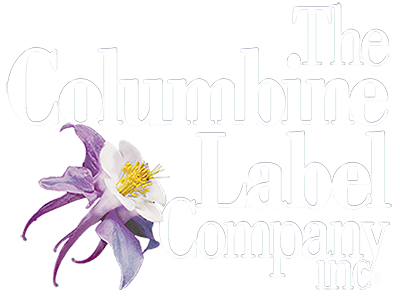Labels are more than just a pretty face. In fact, they do a lot of the heavy lifting for your product. Labels are essential for providing necessary information about a product, from graphic illustrations to the ingredients to the safety precautions to the tracking information, and more. In fact, often, in a mere split second, we know what we are purchasing because of the use of colorful, graphic illustrations.
But more than that, your brand identity and differentiation are intertwined with your product label. Labels that are consistent, high quality, and innovative generate vital consumer engagement by eliciting visual interest so your product is not overlooked in the perpetual swirl of abundance and choice consumers face today.
Before you ever place a product on a shelf or post it on your website, however, you have to press rewind and start from the beginning to ensure that your product features a quality, eye-catching label that sells.
Six steps to achieve eye-catching, quality labels
In label material and printing, all are not created equal. Establishing the proper foundation and building upon that with thoughtful steps and quality checks throughout the production process is vital to creating final, high-quality labels. Important steps include:
1. Raw material selection. The most vital step in any operation is building a solid foundation. This first step is comprised of two parts: application discovery and material suitability qualification. Asking a lot of questions upfront ensures that the application requirements are fully vetted so that the appropriate products are recommended. Then qualifying the material selection mitigates risks of a mismatch between label material and application requirements.
2. Art file profiling. Checking the art file before printing makes certain that all images are high resolution and all graphics and fonts are available and in place for print production.
3. Pre-press checks and balances. Files must be prepared and matched to the specific printing method to be employed.
4. Customer proofing. Customers must do a final check and approval of files prior to printing to ensure that all the details are exactly as intended.
5. Color measurement. Consistent and accurate colors are essential in all label designs and applications, every single time, without exception. Reliance on the naked eye for color measurement is inadequate. State-of-the-art color measurement technology, known as Delta E, safeguards the accuracy and consistency of color measurements.
6. Comprehensive quality control checks. Quality should be checked at every point in the label production process: pre-print, at print, and post-print. There are 8-10 people who typically handle each step of the process and each one needs to also have quality control responsibilities.
Final checklist to getting it right
Once the label is produced, the end-user will assess quality from the lens of the end-user. Here are some factors to think about that drive end-user label quality:
- Is the color properly matched to brand guidelines?
- Is the color uniform throughout the entire print run of labels and from order to order? (mixed product batches are often put side-by-side on the shelf)
- Is print registration precise and uniform?
- Are the graphics clear, crisp, non-smudging, and free of mottling, fading, or scratches?
- Does the label adhere to the surface of the substrate with no edge lifting, puckering, or wrinkling and maintain integrity for the entire product life cycle?
- Is the label properly positioned on the substrate?
- Is the facestock durability suitable for the application, with resistance to humidity, moisture, temperature, chemicals, or other harsh conditions?
- Is the liner selection appropriate for your processing requirements, including die cutting and application of label?
A stellar-looking label makes a strong first impression and helps create brand awareness, as well as communicate key product information. Regardless of the actual quality of the retail product, including the use of the freshest and most delicious ingredients, faulty labeling can result in the product being deemed inferior and unworthy of purchase. Once the negative impression is perceived, it can be difficult to “refresh” and recover. That’s why starting with the proper foundation and then carefully building and checking each step throughout the production process is the best approach; always, and for each and every application.


